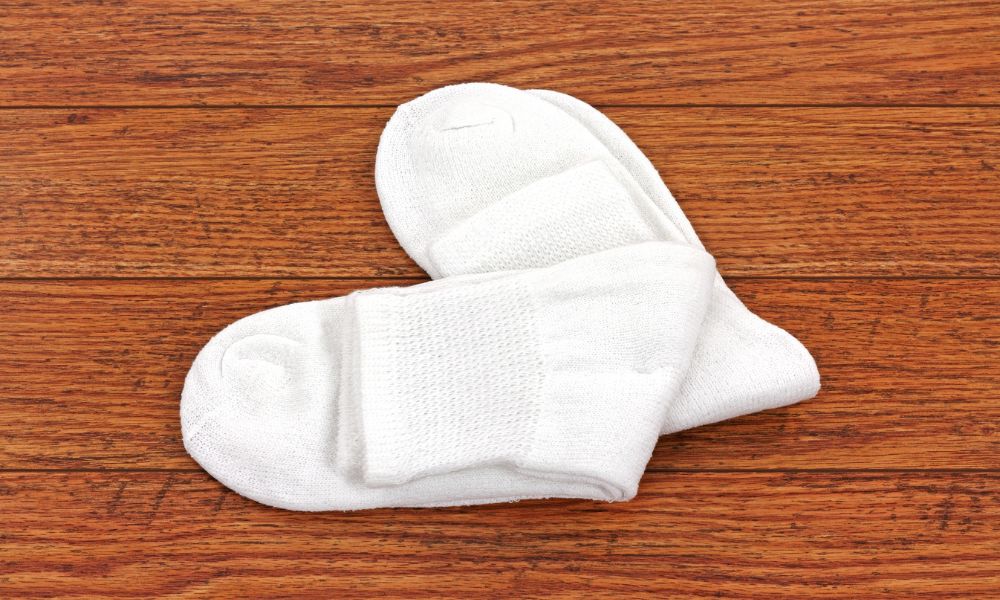If you have diabetes, you probably already know you must keep an eye on your blood glucose levels. However, you may not know how important it is to monitor your feet. Even though your blood sugar is the main issue of this disease, you can monitor many symptoms by looking at your foot health on a daily basis. Everything from how your feet look and feel to the socks you wear should be a high priority—follow along to learn what diabetic socks are and why they’re important.
Diabetic Sock Design
Even though you may think all socks are the same, diabetic socks have a unique design to make them suitable for sensitive feet. Explore the different elements of these unique socks.
- Seamless: This feature reduces the chances of wounds or blisters on sensitive feet.
- Extra padding: These socks typically have more padding in the heels and toes.
- Soft, moisture-wicking material: Diabetic socks have to be soft to prevent injury and are moisture-wicking to keep moisture at bay and stop infections.
- Non-elastic: These socks don’t have elastic bands to hold them up, as they can restrict blood flow to the feet.
They’re Antimicrobial
Because those with diabetes are more prone to infections, diabetic socks have antimicrobial properties to prevent fungi and bacteria growth. Interestingly, sock manufacturers often use copper- or silver-infused materials because they have anti-fungal properties. Aside from being antimicrobial, diabetic socks also keep foot odor at bay.
They Come in Different Lengths
Like regular socks, diabetic socks come in different lengths to suit every person and situation. Whether you need no-shows, ankle, crew, calf, or over-the-knee styles, you can find wholesale socks to help with diabetic foot symptoms. However, if you have circulation issues, calf-length or over-the-knee socks can help reduce the amount of fluid retained in your feet, ankles, and legs.
Why Are They Important?
Even though not everyone with diabetes has to wear special socks, they’re incredibly beneficial for those with pre-existing foot problems or active diabetic foot symptoms. Unfortunately, elevated blood sugar levels can impact the immune system, which can lead to swelling, inflammation, and infection in the limbs. For many, wearing the right socks is enough to contain these issues.
Now that you know what diabetic socks are and why they’re important, you can protect your feet and reduce diabetic symptoms. Your feet play a crucial role in your overall health—don’t let diabetes stop you in your tracks.

